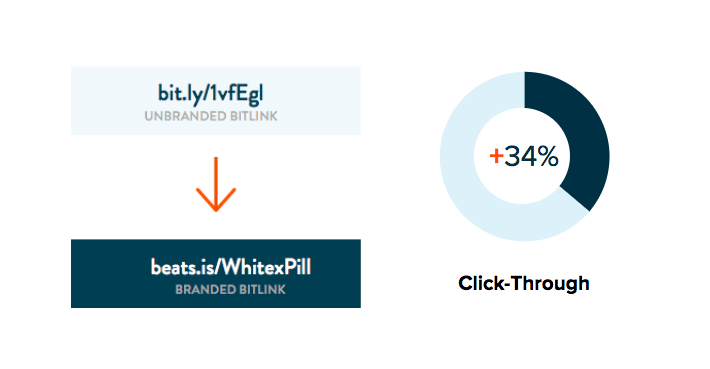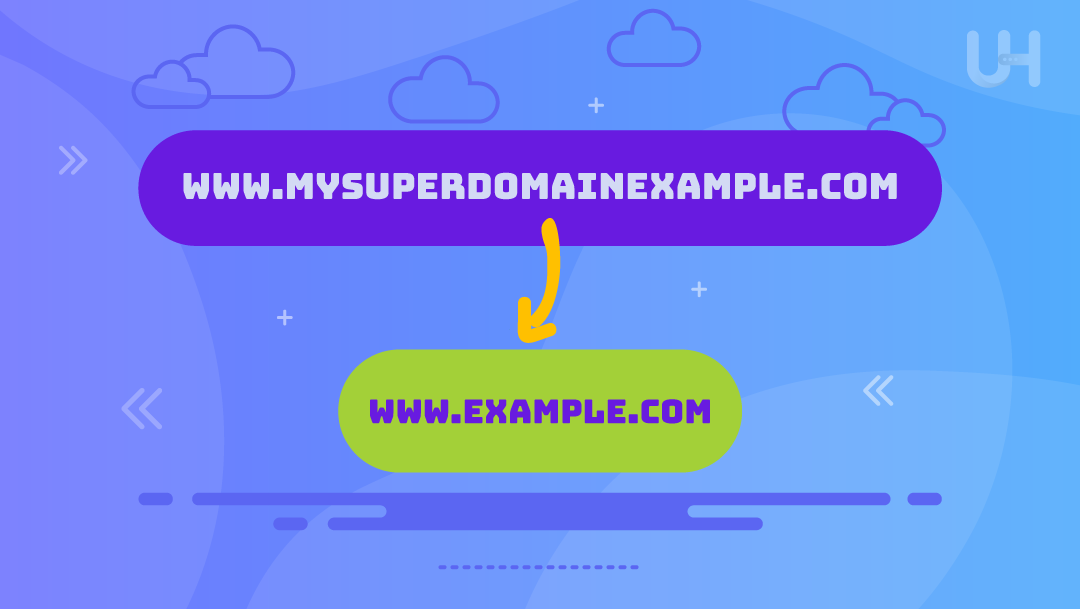5 Easy Steps to Shorten URLs

In today's digital landscape, URLs have become an essential part of our online presence, often serving as direct links to various web pages, resources, and content. However, long and complex URLs can be cumbersome to share and remember. That's where URL shortening comes into play, offering a convenient solution to streamline the process and enhance user experience. In this article, we'll delve into a simple, five-step guide to effectively shorten URLs, making them more user-friendly and shareable.
Understanding URL Shortening

URL shortening is a technique used to reduce the length of a URL, typically by replacing it with a shorter, more concise version. This process involves redirecting the shortened URL to the original, longer URL, ensuring that users are still directed to the intended webpage. Shortened URLs are commonly used in social media posts, emails, and messaging platforms, where character limits or the need for brevity are important considerations.
While some websites offer automatic URL shortening when sharing links, having the ability to shorten URLs manually can provide greater control and customization. Here's a step-by-step guide to help you navigate the process effectively.
5 Steps to Shorten URLs

1. Choose a Reliable URL Shortener
The first step in shortening URLs is selecting a reliable and trusted URL shortener platform. There are numerous options available, each offering unique features and capabilities. Some popular choices include Bitly, Ow.ly, and TinyURL. Consider factors such as ease of use, customization options, and analytics features when making your selection.
For instance, Bitly is known for its robust analytics, allowing users to track the performance and engagement of their shortened URLs. On the other hand, Ow.ly offers integration with social media platforms, making it convenient for sharing shortened links on Twitter, Facebook, and LinkedIn.
| URL Shortener | Features |
|---|---|
| Bitly | Advanced analytics, custom branding, A/B testing |
| Ow.ly | Social media integration, link tracking, custom domains |
| TinyURL | Simple and easy to use, customizable URLs |

2. Copy the Original URL
Once you’ve chosen a URL shortener, the next step is to copy the original URL that you want to shorten. This can be done by simply highlighting the URL in your browser’s address bar and pressing Ctrl+C (or Cmd+C on Mac) to copy it to your clipboard.
Make sure you copy the entire URL, including the http:// or https:// prefix, as this is crucial for the redirection process.
3. Access the URL Shortener Platform
Open a new browser tab and navigate to the URL shortener platform you’ve selected. Most platforms have a straightforward process for URL shortening, usually involving a single input field where you can paste the original URL.
For example, on Bitly, you'll find a large input field on the homepage where you can paste the URL. The platform will then generate a shortened URL for you.
4. Generate the Shortened URL
After pasting the original URL into the input field, the URL shortener platform will generate a shortened version of the URL. This process is typically automatic and instantaneous.
Some platforms, like Bitly, offer additional customization options. You can choose to customize the shortened URL by entering a desired alias or using a custom domain. This can help make the URL more memorable and brand-aligned.
5. Test and Share the Shortened URL
Before sharing the shortened URL, it’s important to test it to ensure it redirects correctly to the original webpage. Simply click on the shortened URL to confirm that it opens the intended page.
Once you've verified the functionality, you can share the shortened URL on social media platforms, in emails, or on websites. Shortened URLs are particularly useful for sharing on platforms with character limits, such as Twitter, where every character counts.
Benefits of URL Shortening
1. Enhanced Shareability
Shortened URLs are more visually appealing and easier to share, especially on platforms with character limitations. They are less intrusive and take up less space, making them ideal for social media posts, tweets, and text messages.
2. Customization and Branding
Many URL shorteners offer customization options, allowing you to create shortened URLs that align with your brand or campaign. You can choose a custom alias or use a branded domain to maintain consistency and recognition.
3. Analytics and Tracking
Advanced URL shorteners provide analytics features, enabling you to track the performance of your shortened URLs. You can monitor click-through rates, geographic locations, and device types, gaining valuable insights into the engagement and reach of your links.
4. Error Reduction
Long and complex URLs are more prone to errors, especially when manually typed or shared via text. Shortened URLs reduce the chances of typos and miscommunication, ensuring a more accurate and reliable sharing experience.
Conclusion
URL shortening is a simple yet powerful technique to improve the shareability and aesthetics of your links. By following the five steps outlined above, you can effectively shorten URLs and enhance your online presence. Whether it's for social media campaigns, email marketing, or simple link sharing, URL shortening offers a convenient solution to make your URLs more user-friendly and engaging.
Frequently Asked Questions

Are there any free URL shorteners available?
+
Yes, there are several free URL shorteners available, including Bitly, Ow.ly, and TinyURL. These platforms offer basic URL shortening services without any cost. However, premium plans with additional features are also available for a fee.
Can I track the performance of my shortened URLs?
+
Absolutely! Advanced URL shorteners like Bitly and Ow.ly provide analytics features that allow you to track the performance of your shortened URLs. You can monitor click-through rates, geographic locations, and other valuable metrics.
Is it possible to customize the shortened URL?
+
Yes, many URL shorteners offer customization options. You can choose a custom alias or use a branded domain to create shortened URLs that align with your brand or campaign. This adds a professional touch to your shared links.



